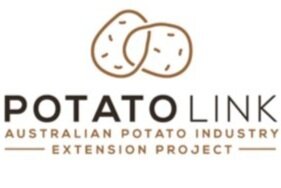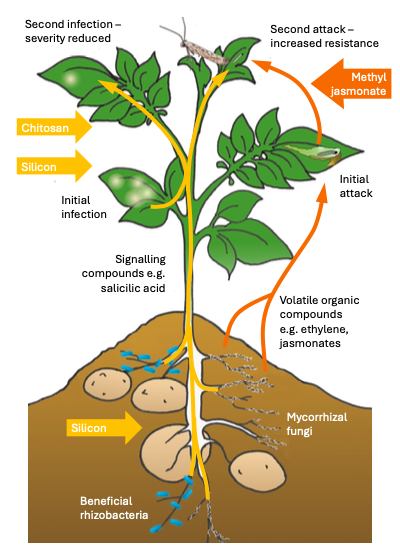Helping potatoes help themselves: inducing plant defences
Just like us, plants have evolved sophisticated mechanisms to defend themselves against pests and pathogens. One of the most intriguing strategies is 'Induced Systemic Resistance' (ISR). Specific microbes or environmental triggers can activate the plant defences, improving its ability to ward off attack or cope with stress. And we can help that happen.
ISR occurs when defensive genes are activated throughout the plant and can be triggered by:
Presence of a pathogen
Damage caused by a pathogen or insect to the plant cells
Beneficial fungi and / or bacteria in the root zone
Physical stress
Abiotic (non-biological) compounds such as chemicals, plant hormones or volatiles
Stimulation of ISR may therefore be another tool in the kitbag helping to protect potato crops from the destructive effects of the environment, pests, and pathogens.
Read more about ISR in Issue 13 of PotatoLink magazine.

